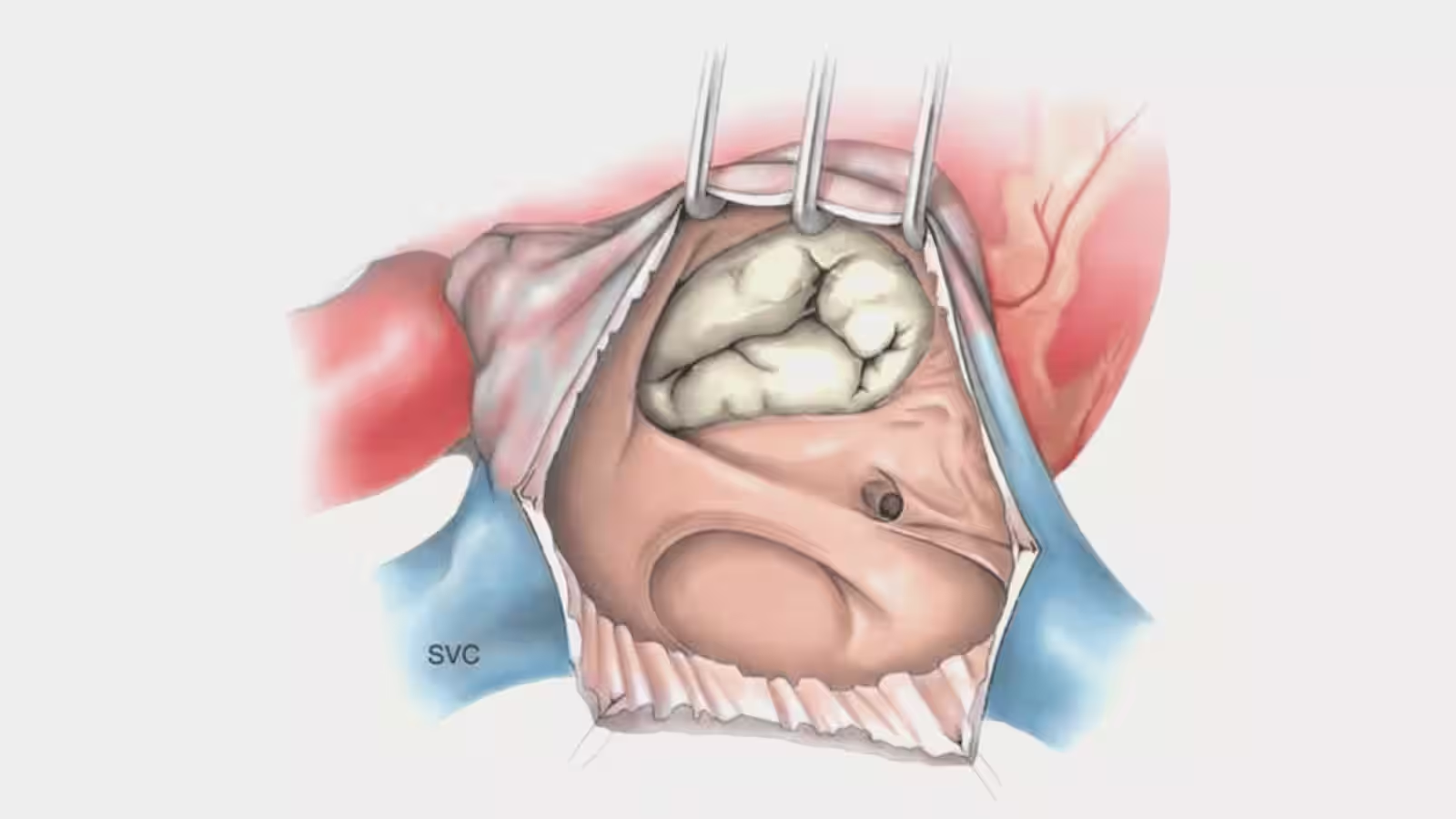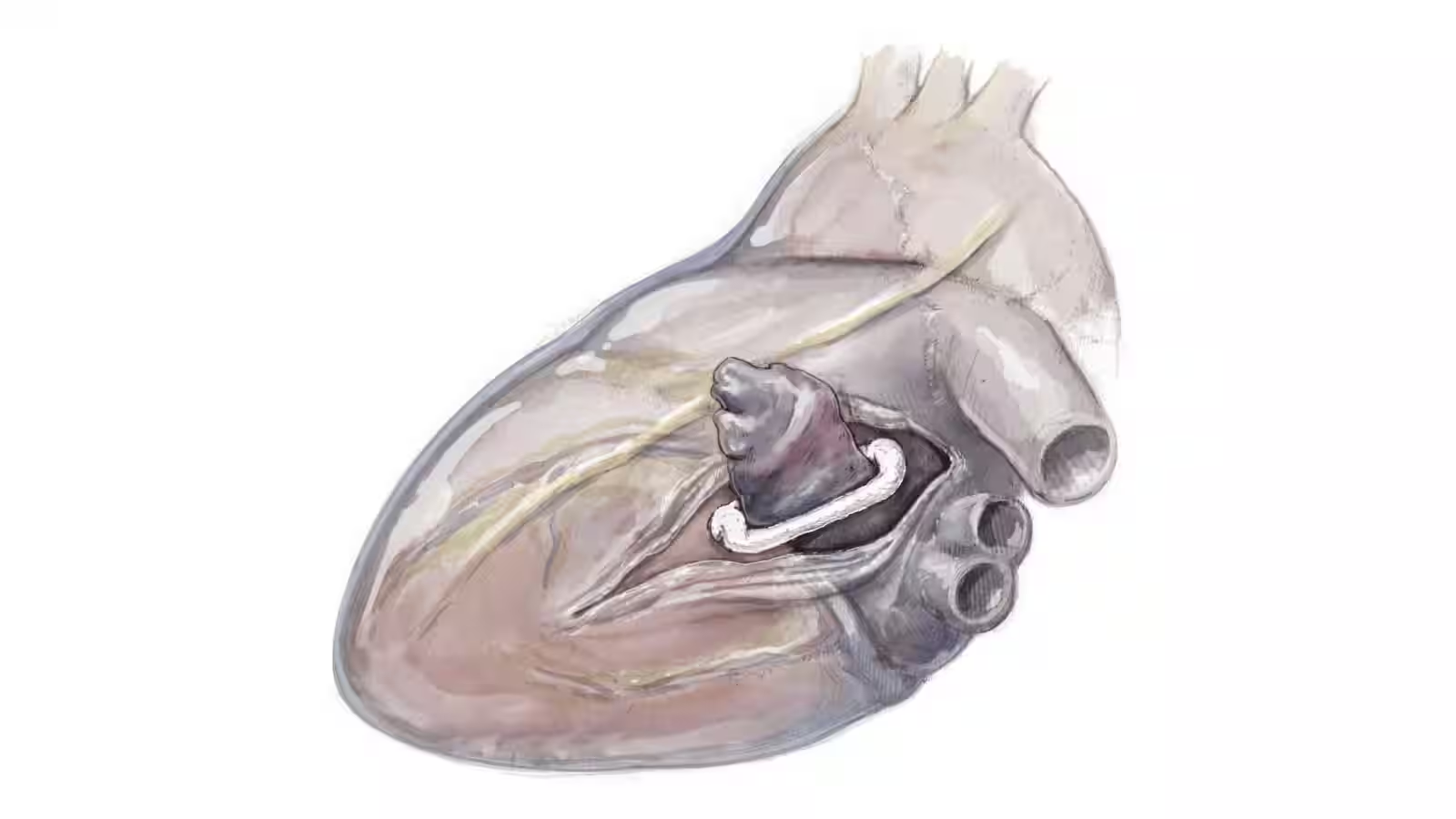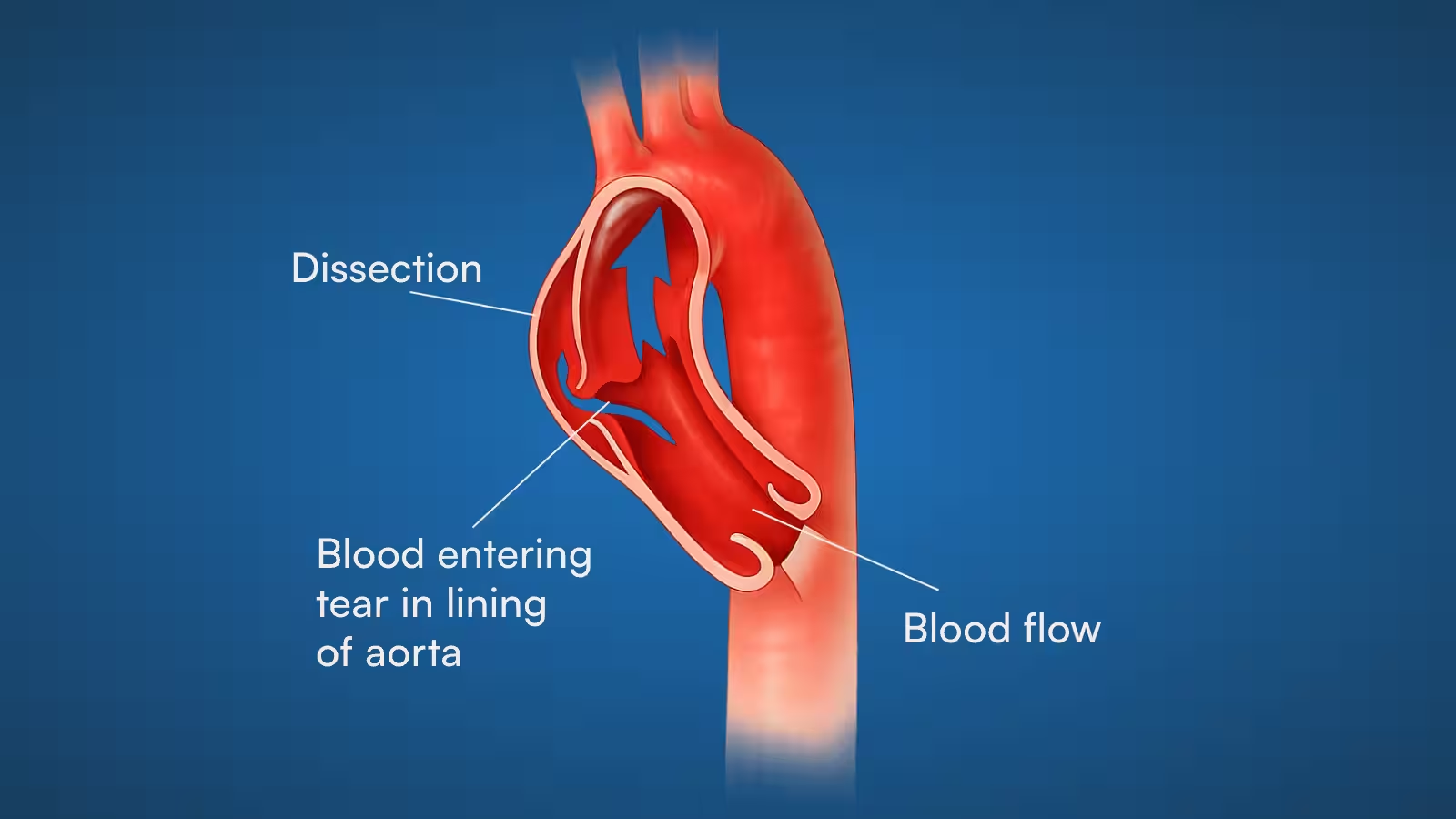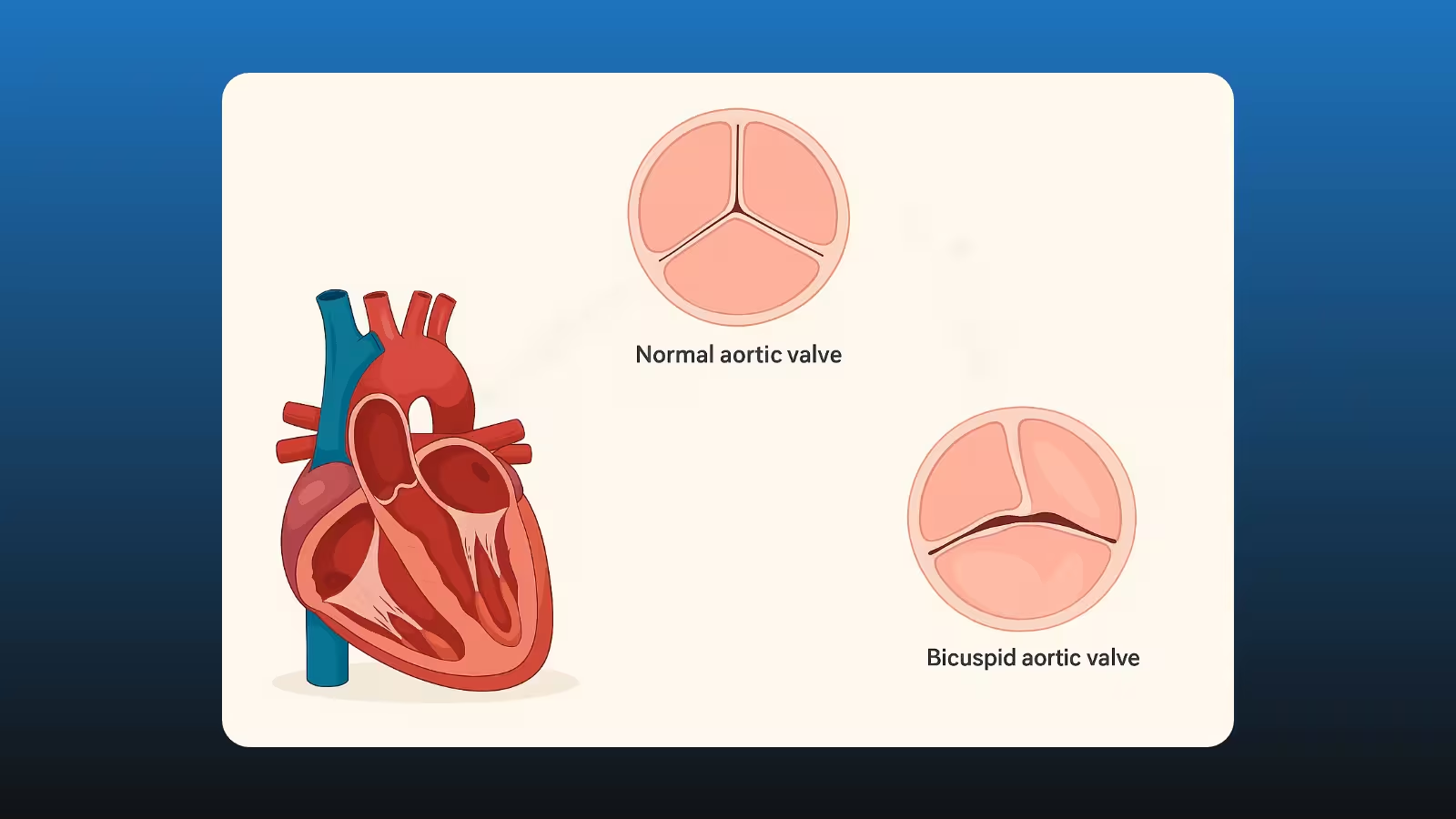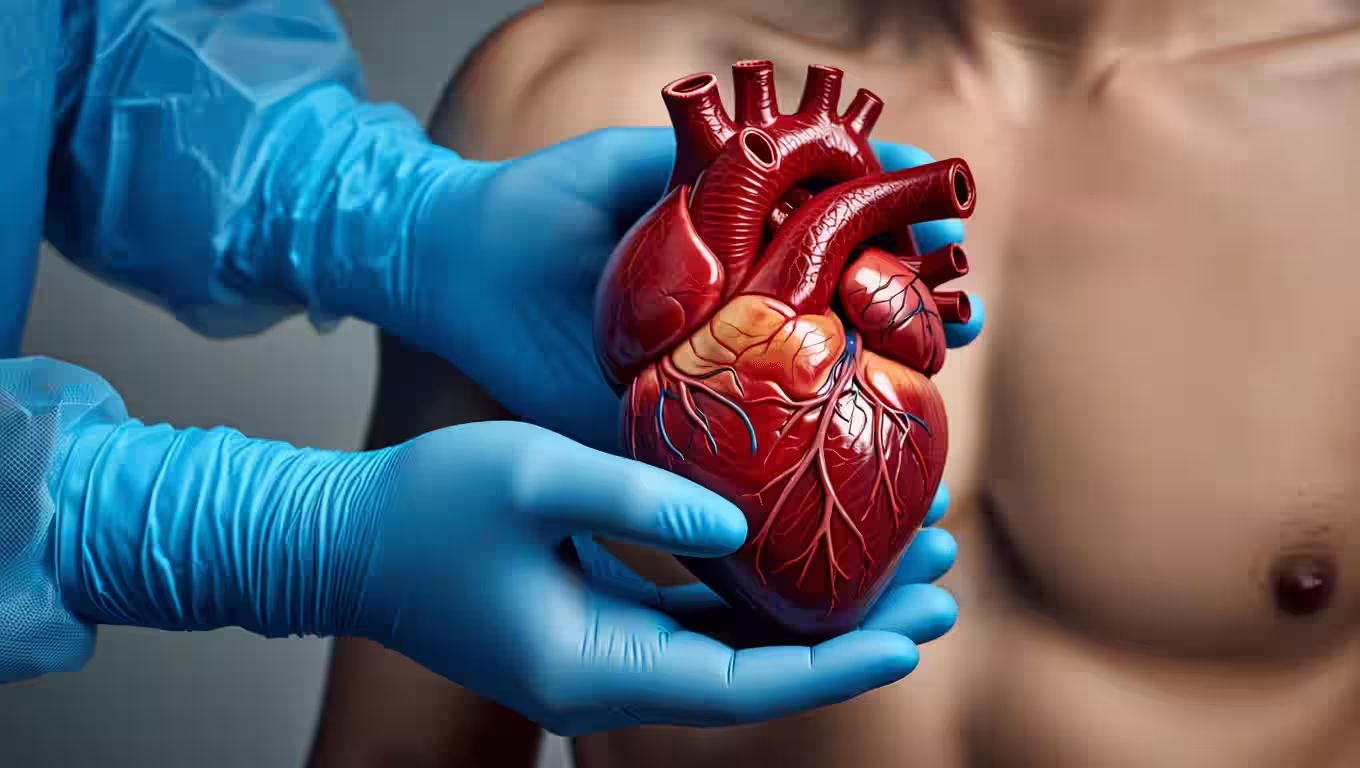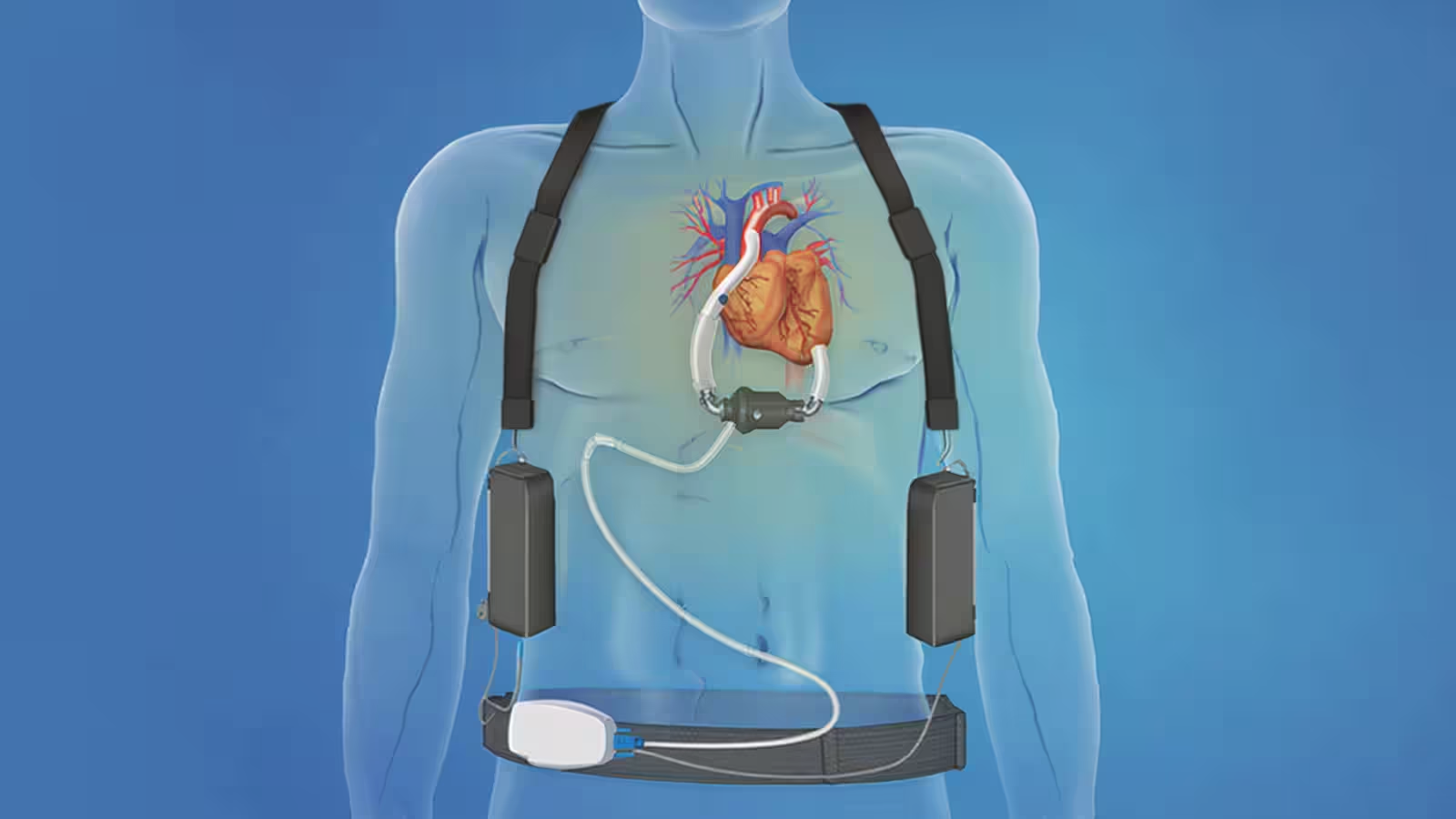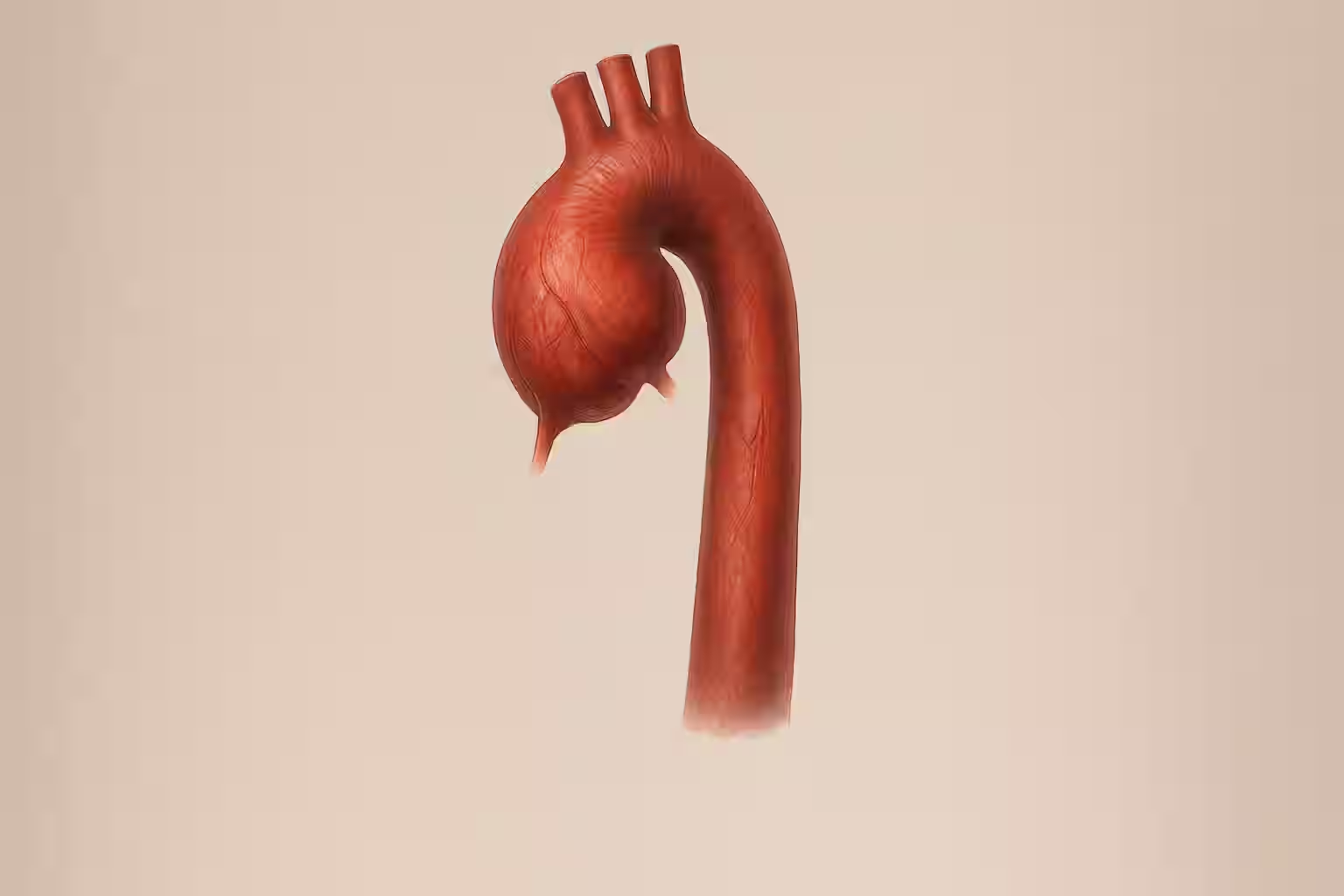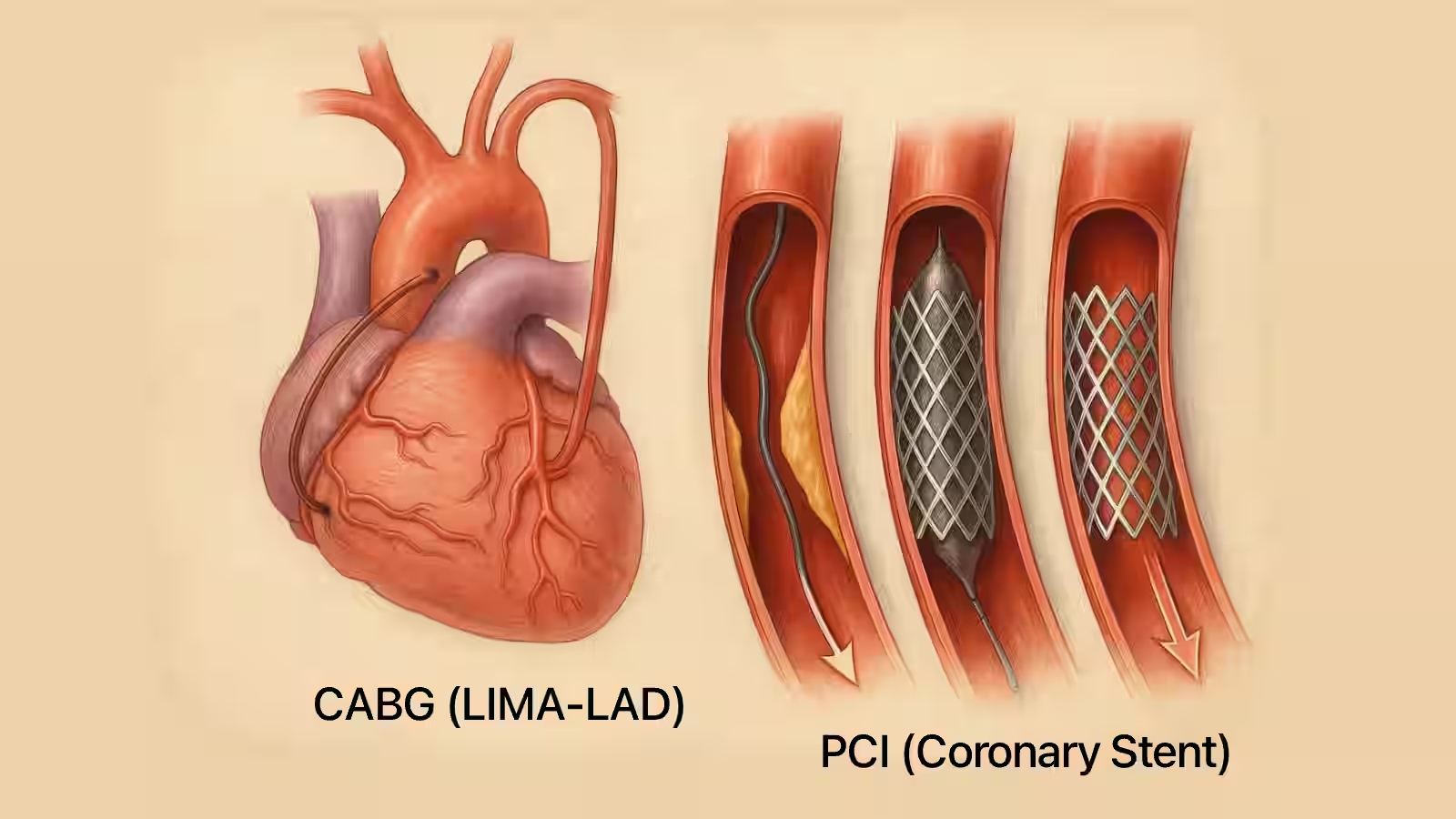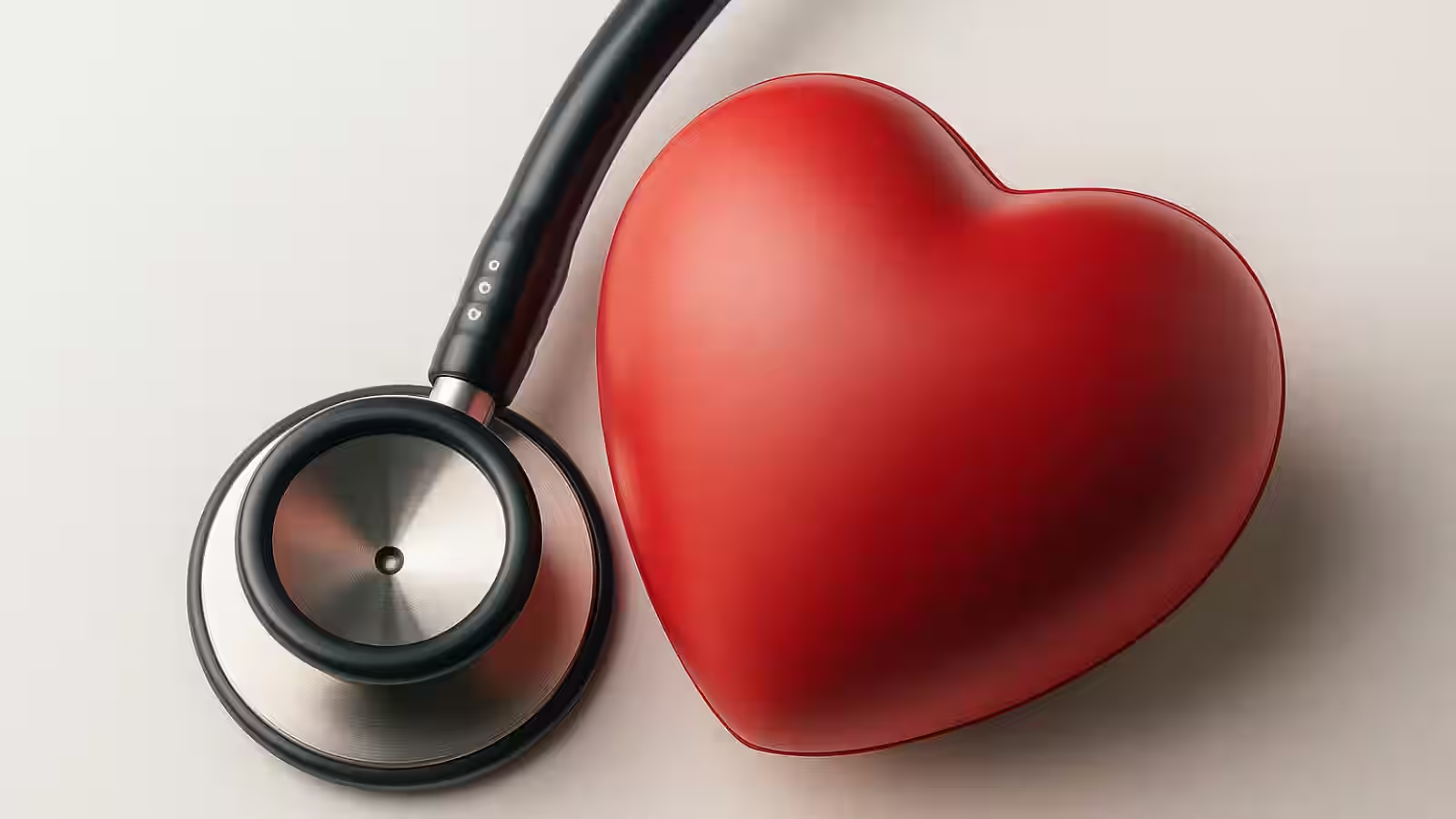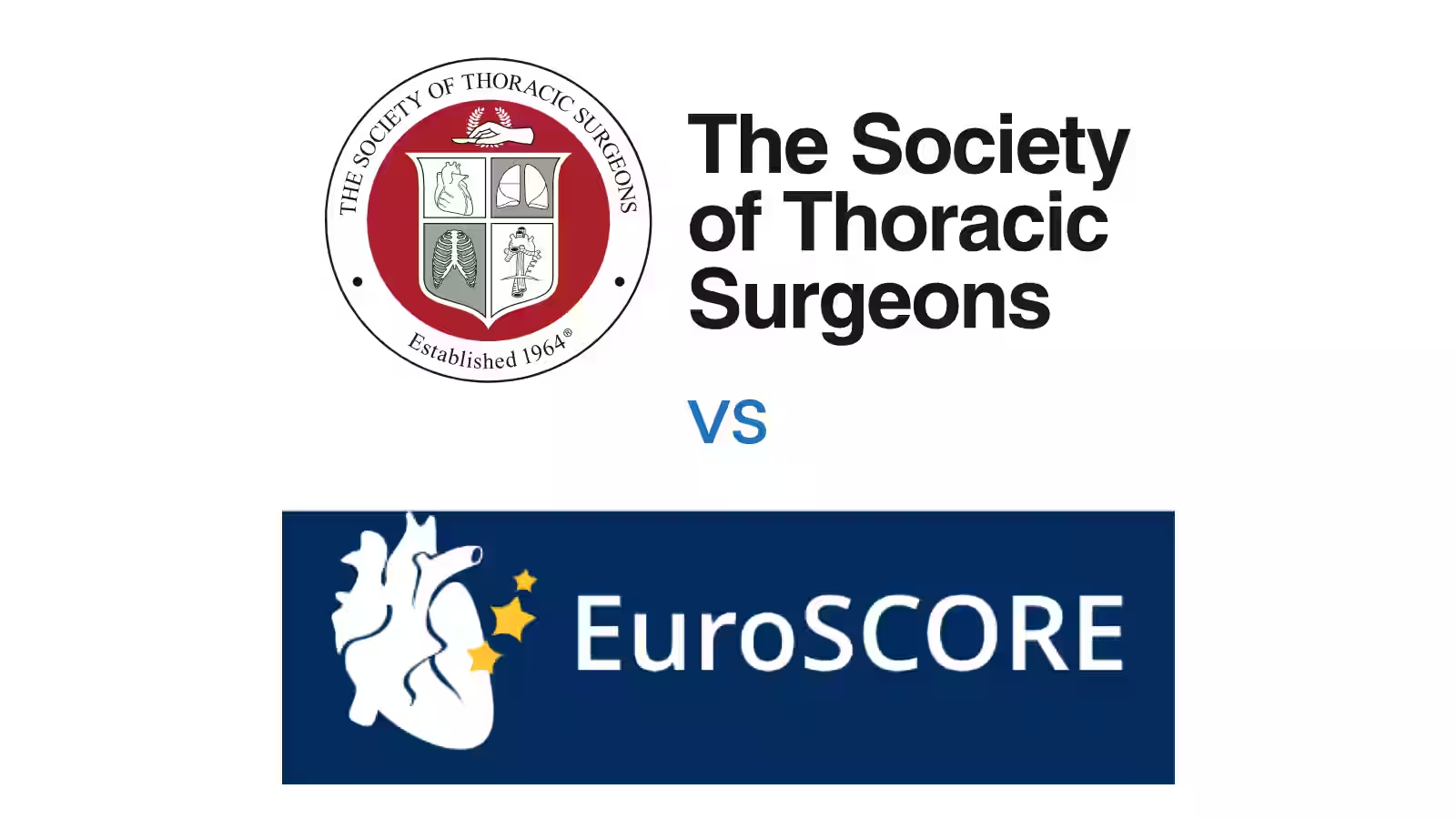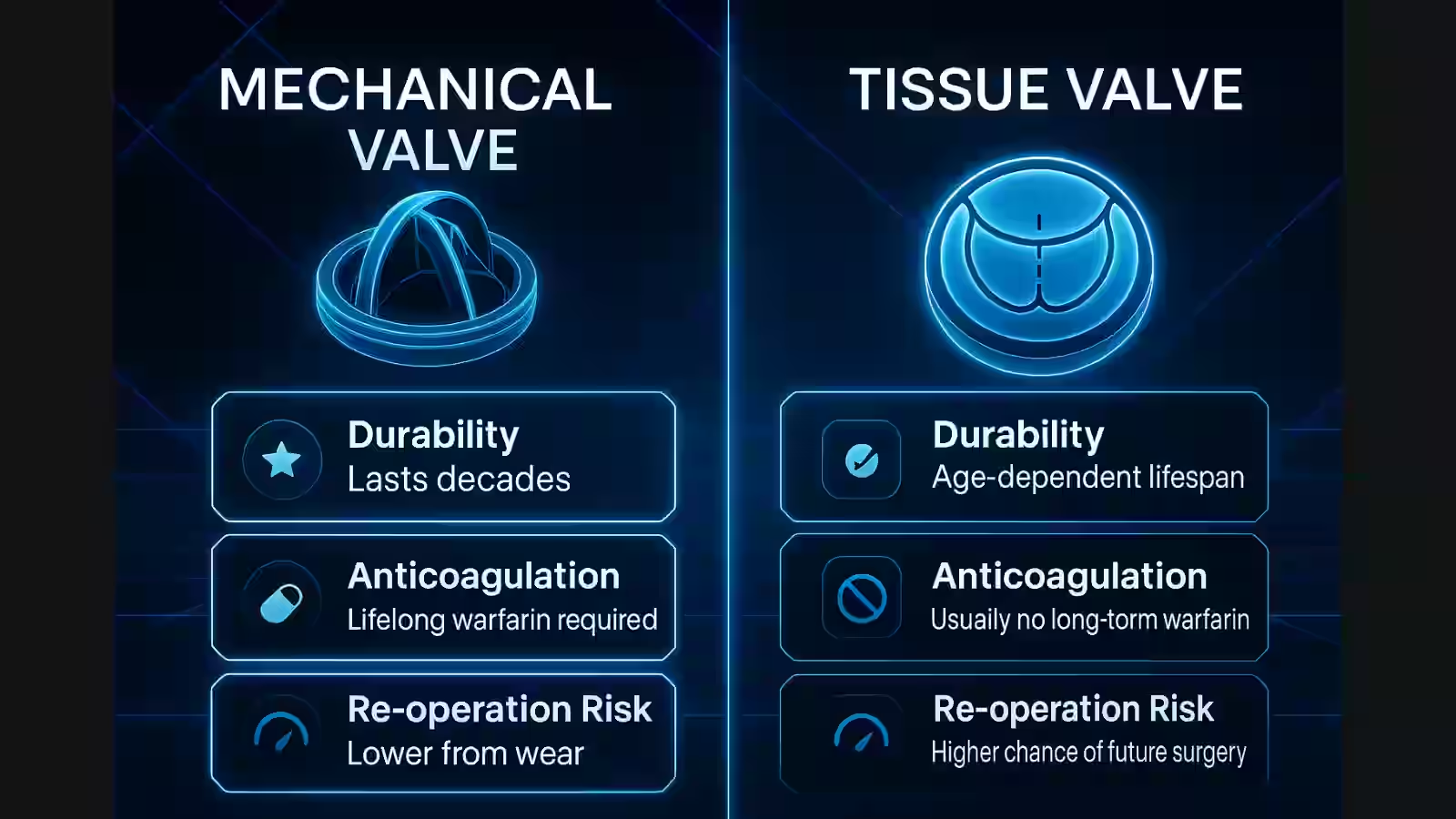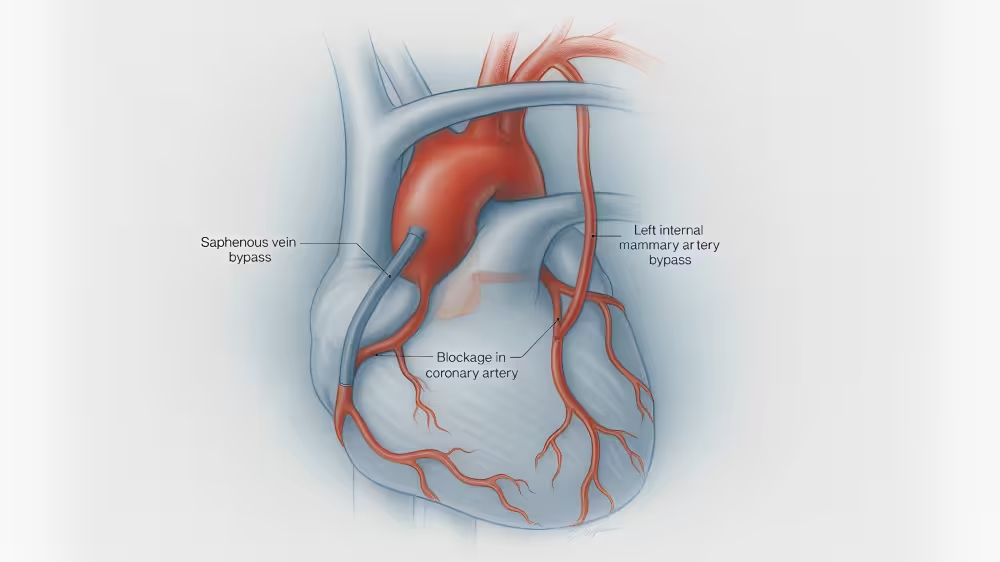Introduction
Healing after heart surgery demands more than rest and medication. Proper nutrition fuels tissue repair, supports immune function, and helps prevent complications. This guide explains why protein, iron, and adequate fluids are vital, how to incorporate them into meals, and practical tips for patients and families during recovery.
Why Nutrition Matters Post-Surgery
Following sternotomy or valve repair, the body enters a hypermetabolic state-energy needs increase to repair incisions, rebuild muscle, and fight inflammation. Poor nutrition can delay wound healing, weaken immunity, and increase risk of infection. Focusing on protein, iron, and hydration helps meet these demands efficiently.
Protein: Building Block of Recovery
Protein provides amino acids for collagen synthesis and muscle maintenance.
Recommended Intake
Aiming for 1.2–2.0 g/kg/day optimizes healing. For a 70 kg patient, that’s 84–140 g daily.
High-Protein Foods
- Lean meats (chicken, turkey)
- Fish and seafood
- Low-fat dairy (Greek yogurt, cottage cheese)
- Legumes and tofu
- Protein supplements (whey or plant-based)
Iron: Preventing Anemia and Fatigue
Surgery blood loss can deplete iron stores, leading to anemia, which impairs oxygen delivery.
Daily Requirements
Adults need 8–18 mg/day; post-op patients may require the upper range.
Iron Sources
- Heme iron: red meat, poultry, fish
- Non-heme iron: beans, spinach, fortified cereals
- Pair non-heme sources with vitamin C (citrus fruits) to boost absorption.
Fluids: Supporting Circulation and Kidney Function
Adequate hydration maintains blood volume, helps kidneys clear waste, and prevents constipation common with pain medications.
Fluid Goals
Aim for 2–3 L/day unless fluid-restricted for heart failure.
Tips for Intake
- Sip water consistently throughout the day
- Include broths, herbal teas, and diluted fruit juices
- Track intake with a chart or app
- Watch for signs of dehydration (dry mouth, low urine output)
Optional Subsections
Sternal Precautions
- Avoid heavy lifting (>10 lbs) for 6–8 weeks
- Use “hug the pillow” technique when coughing
Diet Plating and Texture Modifications
- Soft, bite-sized portions first week
- Gradual return to regular textures
Driving and Flying
- Avoid driving until 4–6 weeks post-op
- Get medical clearance before air travel
Conclusion
Nutrition is a cornerstone of post-heart surgery recovery. By prioritizing protein, iron, and fluids, patients can enhance wound healing, maintain energy, and reduce complications. Families can support meal planning, monitor intake, and encourage safe practices.
---
Learn more about personalized recovery plans at Verus. Request your second opinion today and access tailored nutrition guidance.

